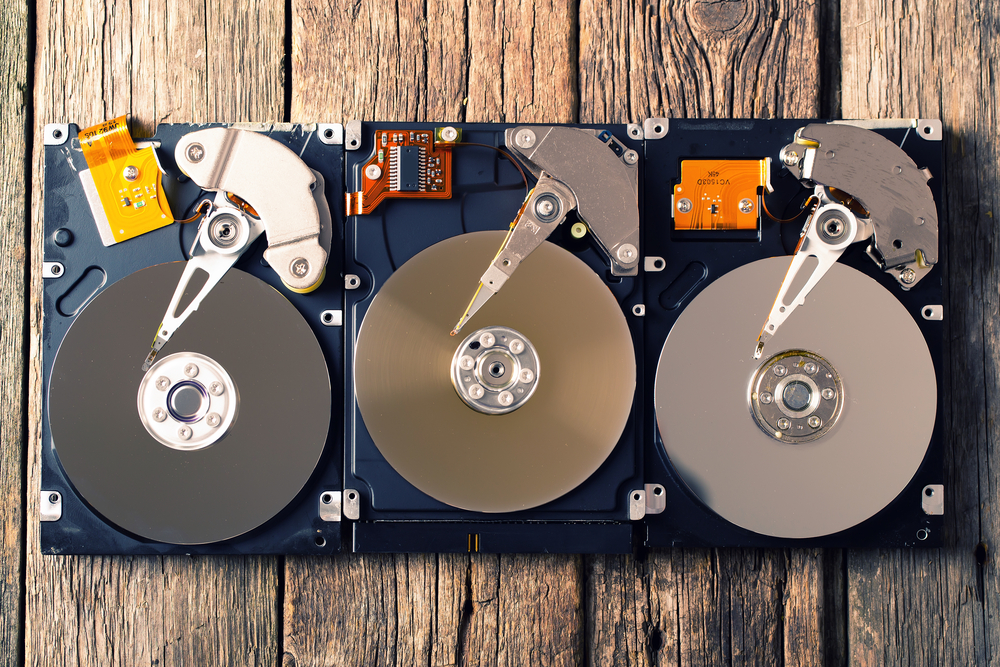We have discussed various types of cryptocurrency generation algorithms in the past. The most popular types are proof-of-work and proof-of-stake. Interestingly enough, there is also a feature known as proof-of-capacity, which is quite a novel principle. It allows users to effectively “mine” cryptocurrency based on their available hard drive space.
Proof-of-Capacity is a Different Breed of Earning Cryptocurrency
When it comes to generating specific cryptocoins, there are some specific requirements to take into account. Proof-of-work coins require powerful computer hardware to do so. Proof-of-stake, on the other hand, requires users to leave a wallet open and connected to the internet at all times. People who have a less powerful computer – or don’t want to let it running 24/7- may want to look into proof-of-capacity.
This particular “mining” algorithm requires users to share their available hard drive space. It is quite similar to another concept known as proof-of-space, although it seems to be slightly more advanced. More specifically, proof-of-capacity requires users to allocate large amounts of hard drive space to start generating new coins. In most cases, this hard drive space is used as “plots” to store large amounts of data.
Allocating more available hard drive space will allow users to have more “plots” of data. If the hash of a plot, combined with the last block header, is less than a particular value, the user will find a block of coins on the network. This principle is identical to proof of work mining, despite there not being powerful computer hardware involved by any means. Data storage is valuable to a lot of people and free hard drive space can be used to generate a small passive income through proof-of-capacity.
Proof-of-capacity is very energy-efficient in this regard since it does not strain available computer resources. People who have limited hard disk space available to them may want to look for some other solutions, though, as it is not easy to generate a good amount of money with proof-of-capacity. Users who can share more hard drive space compared to others will have a better chance of “mining a block” with proof-of-capacity.
Before anyone even thinks about buying dozens of hard drives to game this system, rest assured it will not be worth your while. Very few cryptocurrencies support proof of capacity right now. The ones that do are very low in value per coin, which means you’ll need about a million or so to make some money. Even then, you still need to find people willing to buy these coins as well, which can be quite problematic at times. Very few people are aware these currencies even exist or have a legitimate use case.
What is rather remarkable is how proof-of-capacity is ASIC resistant, unlike most proof-of-work algorithms. Then again, it is not necessarily a fair system either. Anyone can invest in additional hard drives to earn more money compared to other users. It is impossible to create a completely fair system, even with proof of capacity. However, for those people who have terabytes of unused hard drive space, the protocol and coins supporting it are well worth checking out.
If you liked this article, follow us on Twitter @themerklenews and make sure to subscribe to our newsletter to receive the latest bitcoin, cryptocurrency, and technology news.

